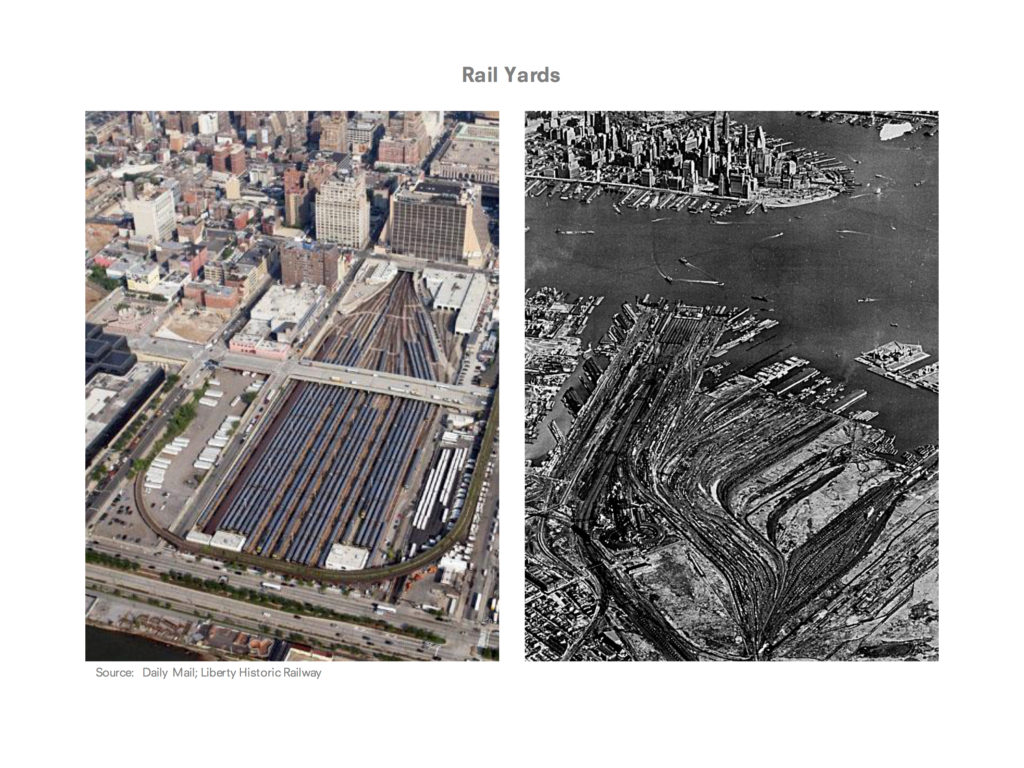Living and Working in Phytoremediating Brownfield Sites, Creating Healthier Environments than Is the Norm in Urban Conditions

Phytoremediation
by Jane Philbrick (MDes CC ’16)
Phytoremediation, a remedial technique using living plant material, is a cost-efficient alternative to conventional land reclamation practices. However, the timeframe for natural processes is lengthy, measured in decades not months. Without a means of generating income, the carrying costs of fallow land dwarf any gains in savings realized through implementing plant-based methods. Shifting the focus of concern from contaminant sources (i.e., impacted soil and water) to exposure pathways (i.e., eating impacted soil or food grown in impacted soil; drinking contaminated water) allows a broader range of uses and possibilities for sustaining economies in phytoremediating landscapes. Not only is it possible to live and work in the park-like setting of phytoremediating brownfield sites without compromising health, doing so in fact offers healthier environments than is the norm in urban conditions.

